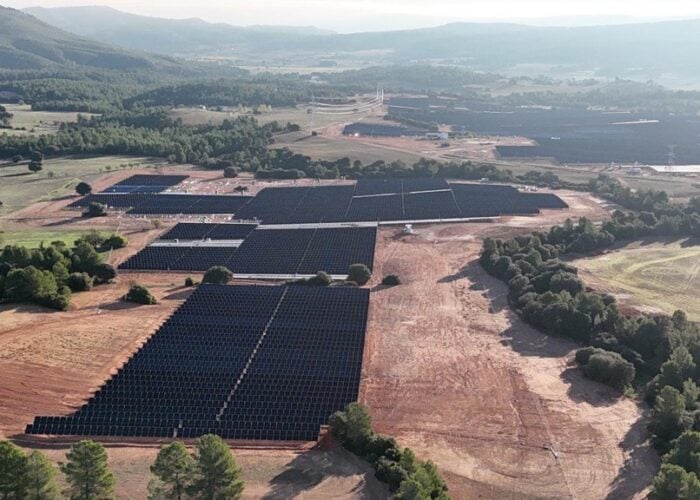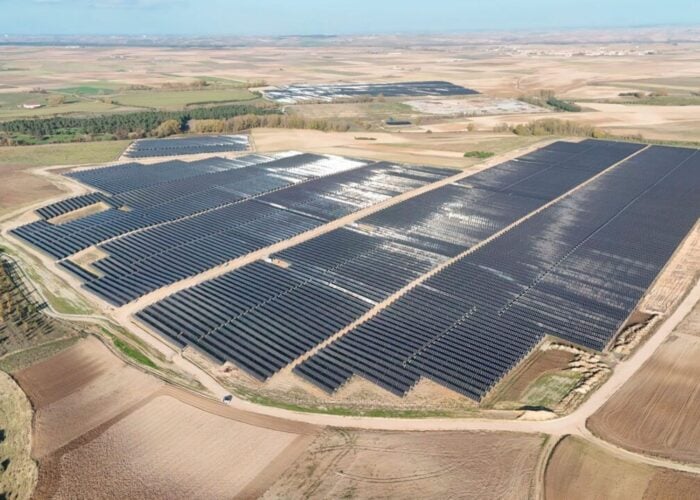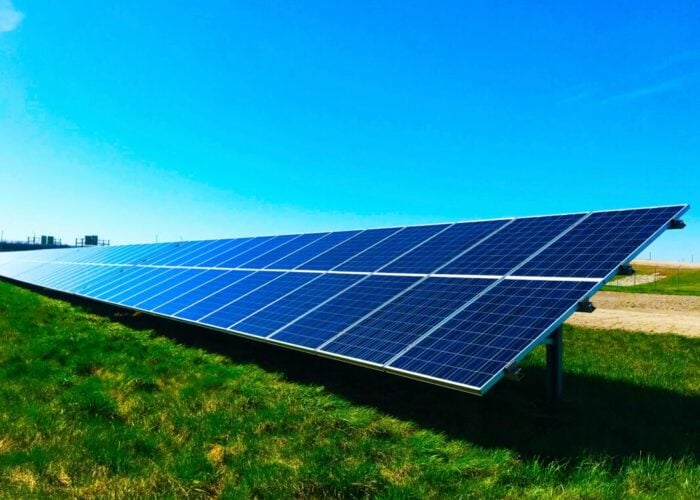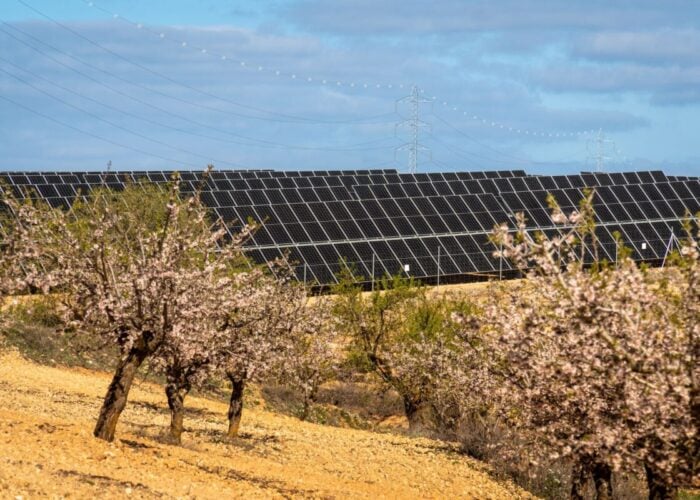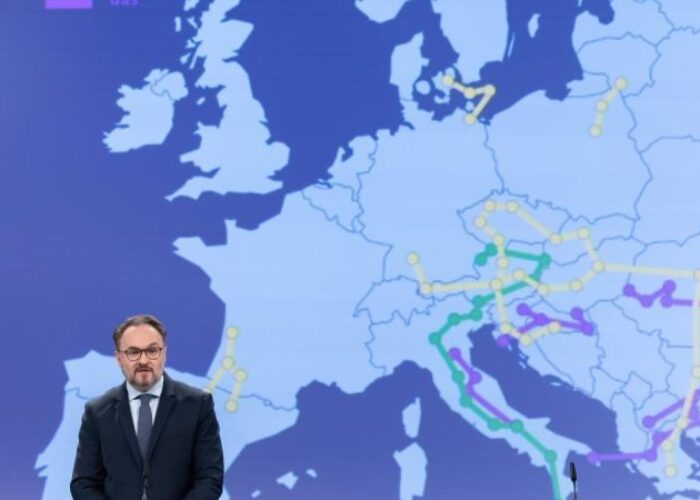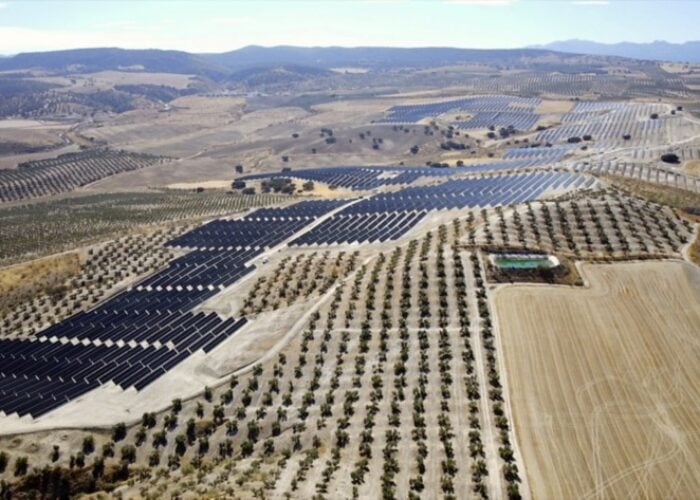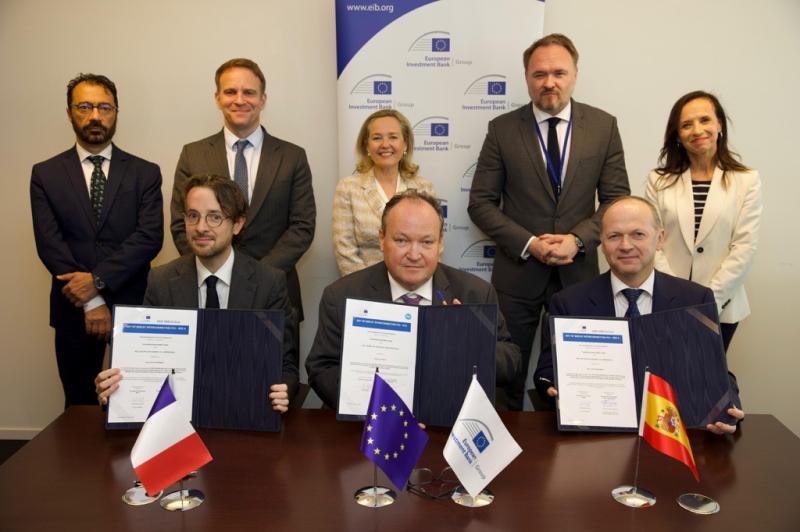
The European Investment Bank (EIB) will invest €1.6 billion (US$1.85 billion) to support the construction of the Bay of Biscay interconnector, which will increase the electrical exchange capacity between France and Spain by 2.2GW.
The project will consist of more than 400km of connection infrastructure, including subsea cables and transformer stations in both Spain and France, and will increase the exchange capacity of the two countries’ grids from 2.8GW to 5GW. Inelfe, a joint venture between French and Spanish transmission system operators RTE and Red Eléctrica, has already started construction on the interconnector, and it expects the project to be operational by 2028.
Try Premium for just $1
- Full premium access for the first month at only $1
- Converts to an annual rate after 30 days unless cancelled
- Cancel anytime during the trial period
Premium Benefits
- Expert industry analysis and interviews
- Digital access to PV Tech Power journal
- Exclusive event discounts
Or get the full Premium subscription right away
Or continue reading this article for free
At a ceremony in Luxembourg yesterday, representatives from the EIB, RTE and Red Eléctrica signed agreements for the first €1.2 billion of the loan. The project will be partially funded by a Connecting Europe Facility (CEF) grant of €578 million.
“EIB support for the France-Spain electricity interconnection will be key to ensuring that the Iberian Peninsula is no longer an energy island,” said Nadia Calviño, president of the EIB Group. “This agreement will lead to a major shift in energy integration, an important area for EU competitiveness and strategic autonomy.”
The announcement follows a blackout on the Iberian grid in April that saw 2.2GW of capacity lost in 20 seconds. Considering Spain’s increasing reliance on renewable energy – figures from Red Eléctrica show that renewable energy was responsible for 56% of Spain’s electricity generation in 2024 – ensuring Spain, in particular, has resilient grid is an important proof of concept for the European renewable energy sector.
“Spain, for example, right now is the prime example of getting close to saturation when it comes to corporate deals and renewable additions in general,” Nayel Brihi, corporate sustainability analyst at BloombergNEF, told PV Tech at this year’s Renewables Procurement and Revenue summit, held in London. “That could prompt both sellers and buyers to maybe take a step back and diversify their portfolios.”
Grid resilience is an increasing priority for Europe as a whole, too. EU member states, for instance, have a target to install interconnectors to cover at least 15% of domestic electricity generation capacity by 2030, amid the growing threat of curtailment. A report from Aurora Energy Research found that, between 2022 and 2024, the number of “remedial actions” taken on Europe’s grid, including curtailment, had jumped by 14.5%.

